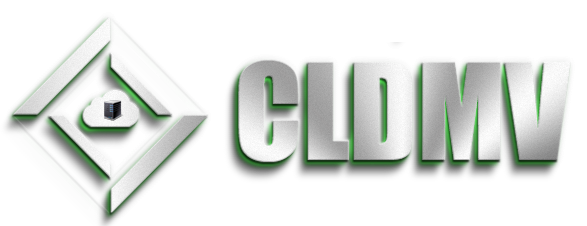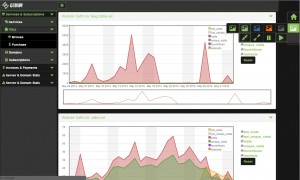CLDMV has opened a Development portion to our business. With this clients or anyone for that matter can contact us for web development. We are also partnered with 1stwebstudio for design projects. So all that’s left is to offer is domains, SSLs, SEO. While we do provide domains and SSLs already there is no automation in this process.
Also CLDMV has opened a Twitter and Tumblr account for people who wish to follow updates and posts through those forms of media. The blog site has also had some minor changes in design related to social networking.
Moving forward we excited to be able to provide most web related services to existing and new clients. We are still looking for a reliable and friendly service for SEO.


